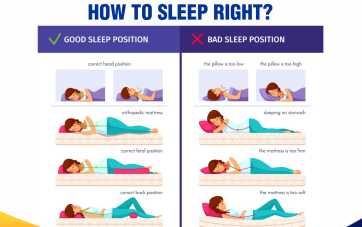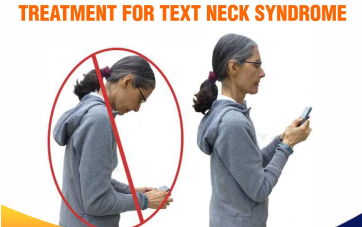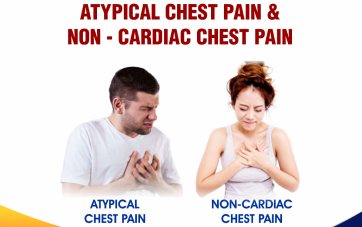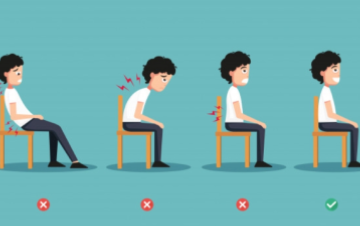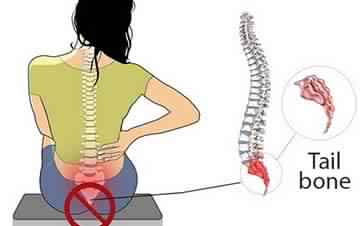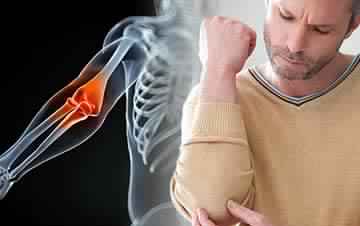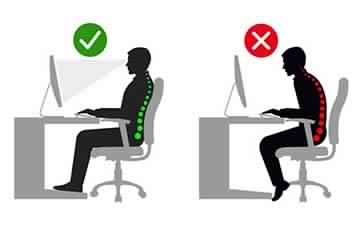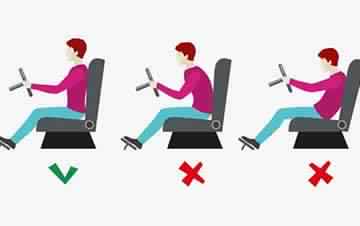UPPER BACK PAIN TREATMENT
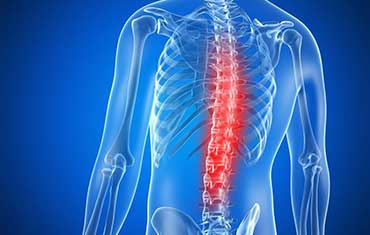
Upper back pain or Thoracic pain is pain in the area of chest in front and upper back in back; neck above and lower pain or abdomen below. It is usually pain or discomfort in the rib-cage area. This upper back pain is caused mostly by postural reasons such as prolonged bed lying, inactivity, overuse or repetitive injuries,
lifting heavy items, constant holding of a child, poorly fitting backpack, sleeping in wrong posture, etc. Other causes include Post chest or upper back surgery, cervical disc prolapse, injury or trauma, breast cancer (post surgery or chemotherapy or radiotherapy). Etc.
Types of Upper Backpain:
1. Myofascial Pain Syndrome or Muscle spasm: This is a chronic pain disorder in which pain arises when pressure is put on muscles in spasm or trigger points in the body. Due to long-standing wrong posture or injury, some muscles over upper back and chest area go into a cycle of recurrent spasm which usually do not subside by medications.
Symptoms:
- Dull aching pain over chest or upper back area, with stiffness in affected muscles.
- Tender knots in the muscle and Jump sign positive.
- Difficulty in sitting, and lying down position.
- Associated anxiety, low mood, sleep disturbance present due to chronic pain.
2. Thoracic Facet Joint Pain: Facet joint pain usually arises when there is some kind of injury or pain in facet joint. Pain usually becomes more due to prolonged periods of inactivity such as standing or sitting for a long span of time. Facet joints can become inflamed or develop swelling, associated with spasm of overlying paraspinal muscles. Sometimes, costo-vertebral joints also get involved. Treatment done by Dr. Sanjeev, Best Upper Back Pain Treatment Specialist in Jaipur.
Symptoms:
- Pain along upper back with muscle stiffness.- Difficulty in getting out of bed in morning.
- Unable to sit or stand for long duration due to pain.
- Occasional crepitus or joint crackling sound on rotation activities.
3. Osteoporotic Compression Fracture: Some people develop severe pain in mid-back, following minor trauma or fall in bathroom or from bed. These patients develop compression fracture of vertebrae in mid-to-lower dorsal or thoracic spine. Such weak spine could be due to increasing age, osteoporosis, multiple myeloma, spine metastases, bone metabolism disorders.
Symptoms:
- Sudden onset of mid-back to low back pain in elderly person, following slip in bed or bathroom.
- Unable to get up from sitting position or turn in bed (Bed-ridden).
- Severe pain in Mid-back; associated with low back pain or numbness/ weakness in lower limbs.
Back Pain Treatment Involves:
a. Pain relief with medications, or minimally invasive pain relief procedures like vertebroplasty/ kyphoplasty.
b. Back protection with postural precautions, use of spinal brace, strengthening of back muscles.
c. Regaining mobility by exercises/ physiotherapy.
4. Intercostal neuralgia: Intercostal neuralgia is neuropathic pain involving the intercostal nerves. Intercostal nerves arise from the back/spinal cord, travel along/below the ribs and carry sensation or pain from chest/side of chest and upper back to spinal cord. These nerves can become damaged or inflamed due to a variety of diseases/ conditions, resulting in intercostal neuralgia. It could be caused by herpes zoster infection or PHN (post herpetic neuralgia), chest trauma or rib fracture, chest surgery,etc.
Symptoms:
The main symptom of intercostal neuralgia is burning, sharp, or shooting pain. This pain may be felt:
• around the ribs, upper chest, upper back.
• a squeezing pressure sensation that wraps around the chest from front to back.
• tingling, numbness.
In early cases, Anti-neuropathic medicines are given with analgesics. If pain is not relieved, then patients should consult Interventional Chronic pain management specialists for further treatment.
Conditions We Treat
- Headache Treatment
- Neck Pain Treatment
- Facial Pain Treatment
- Shoulder Pain Treatment
- Elbow Pain Treatment
- Wrist or Hand Pain Treatment
- Pain Abdomen Treatment
- Pelvic Pain Treatment
- Upper Back Pain Treatment
- Slip Disc Pain Treatment
- Low Back Pain Treatment
- Knee Pain Treatment
- Heel Pain Treatment
- Neuropathic Pain Treatment
- Sports Injury Treatment
